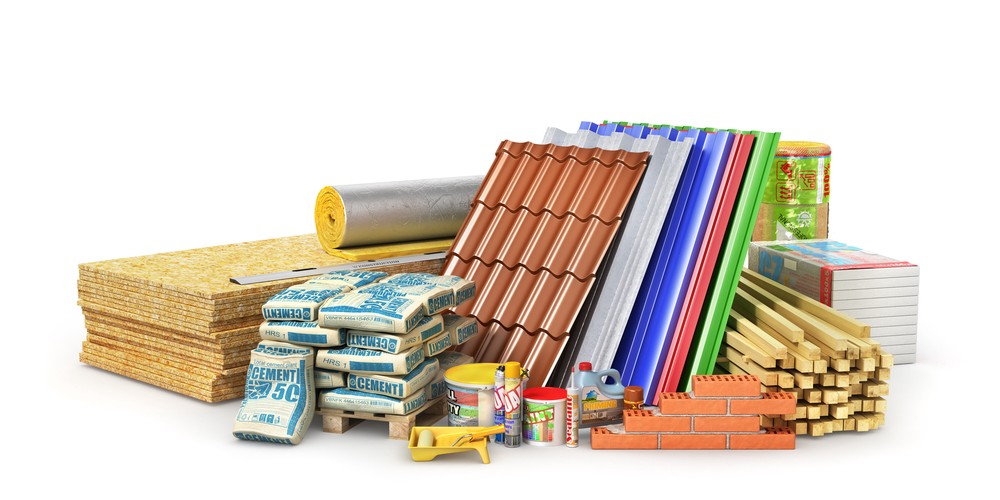Composites: The Future of Lasting Building And Construction Materials
Composites: The Future of Lasting Building And Construction Materials
Blog Article
Unlocking the Environmental Advantages of Recycled Compounds in Construction and Layout
In the realm of building and style, the use of recycled composites holds considerable pledge for boosting sustainability methods and lowering ecological influence. The change towards a much more sustainable future in these markets hinges on unlocking the full possibility of recycled compounds.

Environmental Influence Decrease
The decrease of environmental impact via making use of recycled compounds in construction and design plays a crucial duty in sustainable techniques. By integrating recycled composites right into building products, the building market can dramatically lower its carbon impact and add to an extra environment-friendly future. These sustainable materials, made from repurposed plastics, wood fibers, or various other recycled aspects, supply a feasible option to traditional construction products without jeopardizing on quality or resilience.
Recycled compounds assist divert waste from land fills and decrease the need for removing resources, hence saving natural deposits. In addition, the manufacturing procedure of these composites usually consumes much less power and discharges fewer greenhouse gases compared to producing virgin products (composites). This shift in the direction of making use of recycled composites not just minimizes ecological injury but likewise advertises a circular economic situation by encouraging the reuse of materials that would certainly otherwise be disposed of
Waste Reduction
With a focus on lessening waste in building and construction and design, the combination of recycled compounds offers a sustainable option to reduce environmental effect. Waste reduction is a vital facet of lasting practices, and the use of recycled compounds offers an opportunity to achieve this goal successfully. By making use of materials that have already served their first purpose, such as recycled plastics or redeemed wood fibers, the building and construction and design sectors can significantly minimize the quantity of waste generated and sent out to land fills.
Recycled compounds have the possible to draw away significant amounts of waste from traditional disposal methods, contributing to a more circular economic climate where resources are utilized successfully. Furthermore, the manufacturing process of recycled composites typically takes in less power and generates less emissions contrasted to virgin products, better minimizing the ecological impact of building and construction and style jobs.
Carrying out waste reduction techniques through the incorporation of recycled composites not just assists in saving natural sources yet additionally advertises a much more sustainable approach to structure and creating for a greener future.
Energy Conservation
Incorporating recycled compounds not just reduces waste in construction and layout however also plays an important role in improving power conservation practices within the sector. Making use of recycled compounds in building can substantially add to power conservation through see post numerous means. The manufacturing of virgin materials typically needs substantial energy inputs, whereas making use of recycled composites eats less energy, thus lowering total energy consumption. Additionally, including recycled compounds can add to better insulation properties in structures, decreasing the demand for excessive home heating or air conditioning, and as a result decreasing power usage for environment control. The lightweight nature of lots of recycled compounds can lead to lighter structures, requiring less energy for transport and installation. By advertising making use of recycled compounds in construction and style, the market can make substantial strides in the direction of achieving energy effectiveness and lowering its carbon footprint, ultimately adding to a much more sustainable developed atmosphere.
Carbon Impact Decrease
Enhancing sustainability techniques with the usage of recycled composites in building and construction and style significantly decreases the carbon footprint of the sector. By integrating recycled materials right into the manufacturing of composites, the need for virgin resources decreases, resulting in reduced power consumption and greenhouse gas exhausts connected with conventional manufacturing procedures. This decrease in carbon footprint is crucial in combating environment modification and promoting an extra ecologically pleasant strategy to construction and layout.
The carbon footprint reduction accomplished via the adoption of recycled compounds aligns with the worldwide press in the direction of lasting practices and the reduction of industrial emissions. Inevitably, by prioritizing the integration of recycled composites, the market can make considerable strides in decreasing its carbon impact and adding to a more lasting future.
Sustainable Future
The assimilation of recycled composites read review in building and construction and style not only addresses instant ecological problems yet also lays a solid foundation for a lasting future in the sector. By integrating recycled composites into structure materials and products, the building and construction and design markets can substantially lower their dependence on virgin resources, resulting in a much more round economy. This shift in the direction of sustainability is essential for mitigating the ecological impact of typical building techniques, which frequently lead to high degrees of waste generation and resource exhaustion.

Conclusion
In final click here for more thought, recycled composites offer substantial ecological advantages in building and style by decreasing ecological influence, decreasing waste, preserving energy, decreasing carbon footprint, and advertising a lasting future. Accepting using recycled compounds can add to an extra environmentally-friendly technique to building and design, inevitably bring about a much more sustainable and greener future for all.
The reduction of ecological effect through the usage of recycled compounds in construction and layout plays a crucial duty in sustainable practices.With an emphasis on lessening waste in construction and layout, the combination of recycled composites supplies a sustainable solution to lower environmental influence. By promoting the usage of recycled compounds in construction and layout, the market can make substantial strides in the direction of achieving power efficiency and minimizing its carbon footprint, inevitably contributing to a more sustainable built atmosphere.

Report this page